Paykull ducat
Artefact of the month - October 2024
The rare Swedish gold coin called the Paykull ducat was minted in Stockholm in 1718. The story goes that Otto Arnold von Paykull, who was born in Livonia, knew how to make gold using alchemy. However, King Charles XII of Sweden sentenced him to death for treason in 1706, and only one gold coin is said to have been minted from the gold he made.
Otto Arnold von Paykull was born in Swedish Livonia around 1662. Like many other locals, he did not consider himself a Swede, as Sweden had occupied the region and much of what are today the Baltic countries just decades earlier. At the end of the 1670s, von Paykull joined the Saxonian Guard, where he fought against Sweden on the battlefields of the Great Northern War. He was captured by the Swedes in 1705 at the Battle of Warsaw and brought to Stockholm to face charges for treason.
Von Paykull tried to safe his own life by saying he knew how to make gold through alchemy, and he pledged to make one million riksdalers worth of gold a year in return for his life. During his imprisonment, he is said to have successfully made gold with the help of a Colonel Hamilton before his death sentence was pronounced. However, Charles XII is reported to have replied that even if von Paykull turned the entire Brunkeberg Hill, which served as his execution site, into gold, he would still die. Otto von Paykull was executed on 4 February 1707.
However, von Paykull’s story did not end with his death but continued after the death of Charles XII, the ruler who condemned him to die, in 1718. By that time, the naturalist Magnus Bromelius (1679–1731), who dabbled in numismatics, had obtained the gold made by von Paykull and used it to mint a two-ducat gold coin, which is now part of the Swedish government’s coin collection (currently the Royal Coin Cabinet of the Economy Museum of Sweden).
Paykull’s gold coins
The front of the coin was struck with the ducat stamp of 1718, but the back of the money was struck with a specially made stamp that says “HOC / AVRVM / ARTE CHEMICA / CONFLAVIT / HOLMIÆ A • 1706 / O • A • V • PAYKVLL •” (this gold was chemically produced in Stockholm in 1706 by Otto Arnold von Paykull). In addition to this one, eight gold coins of one ducat weight were reportedly minted with the same stamps, but of ordinary gold. There is also a 1½ ducat coin unique for its weight, which in turn is now part of the numismatic collections of the Swedish central bank (Sveriges Riksbank). It is uncertain whether or not this 1½ ducat gold coin is one the eight coins mentioned above, as the whereabouts of all the coins are not known.
In addition, some restrike specimens of the coin weighing about four grams are known. They were commissioned by the assessor V. L. Odhelius and struck with a stamp made by L. O. Lundberg in 1790. These coins were more clumsily executed than the original, so they are easily discernible by a professional.
The specimen in the numismatic collections of the National Museum of Finland is one of the eight ducats mentioned above and belongs to the prestigious H. F. Antell collection of Swedish coins, for which it was originally purchased at the auction of the collection of the great collector Johan Frans Henrik Oldenburg (1830–1896). And as for alchemically produced gold itself, it has been studied and revealed to be perfectly ordinary gold with all its impurities.
Jani Oravisjärvi
Literature
Lagerqvist, Lars O. Paykulls dukat (“The Paykull ducat”). Nordisk Numismatisk Unions Medlemsblad 6/1967. Pp. 179–184.
Talvio, Tuukka. Paykullin dukaatteja suomalaisissa kokoelmissa (“Paykull ducats in Finnish collections”). Numismaatikko 2/1974. Pp. 14–15.
-
2024
-
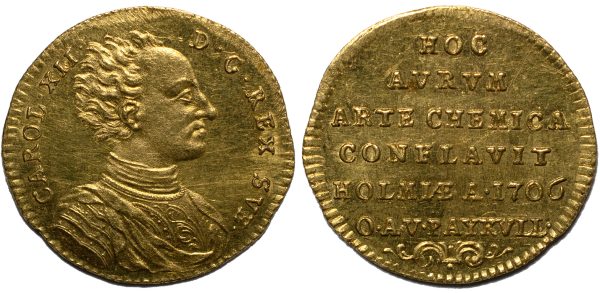 Paykull ducat
Paykull ducat
-
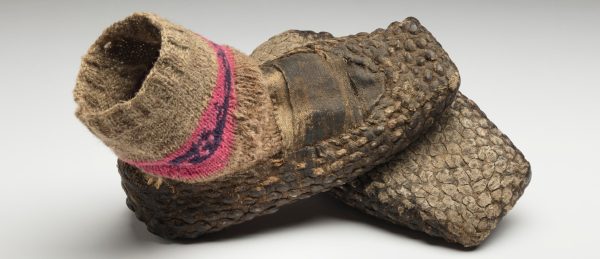 Tallukas slippers from Jämsä
Tallukas slippers from Jämsä
-
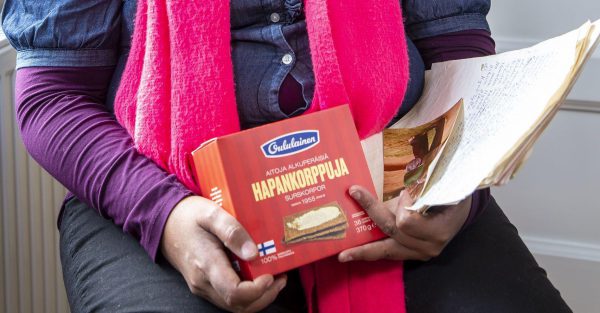 Video interview on the formation of a culturally diverse identity
Video interview on the formation of a culturally diverse identity
-
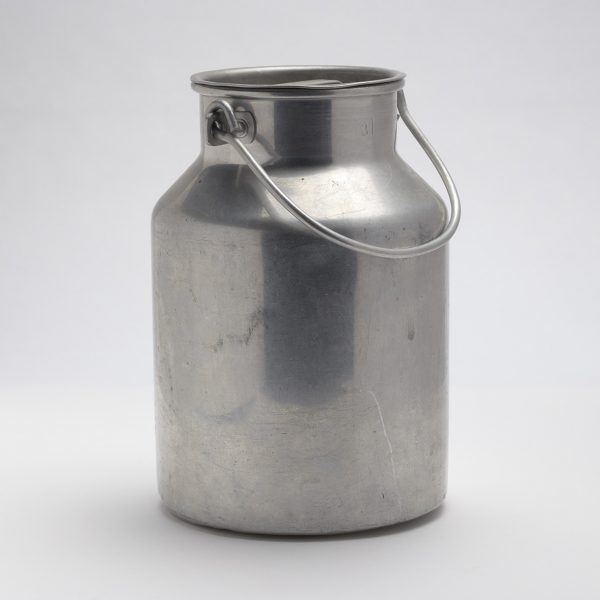 Milk churn – article of daily use and family history memento
Milk churn – article of daily use and family history memento
-
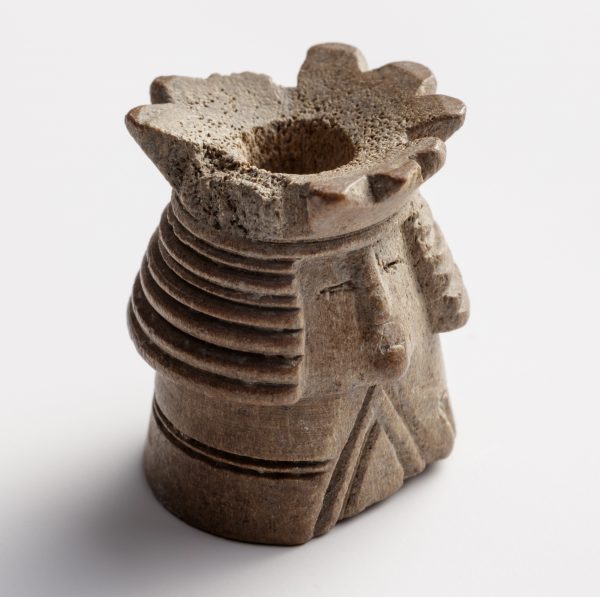 Chess piece from Kuusisto Castle
Chess piece from Kuusisto Castle
-
 S/S Saimaa
S/S Saimaa
-
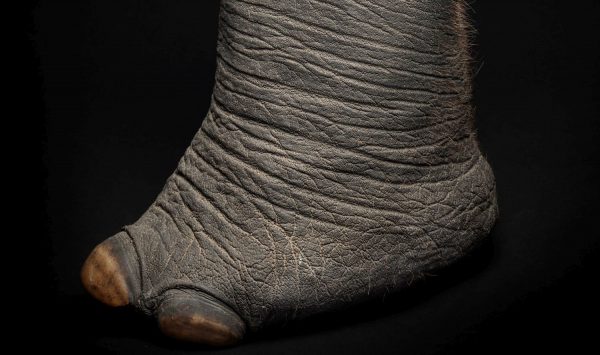 Wastepaper basket made out of an elephant’s foot
Wastepaper basket made out of an elephant’s foot
-
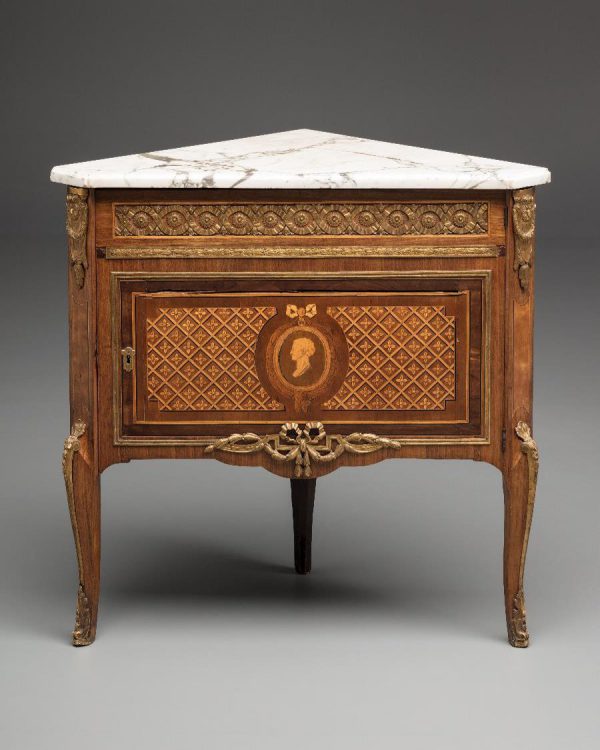 The corner cabinet made by Georg Haupt
The corner cabinet made by Georg Haupt
-
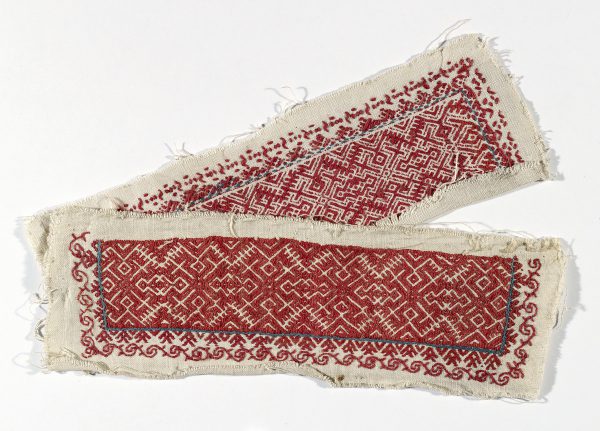 Muiskas from White Karelia
Muiskas from White Karelia
-
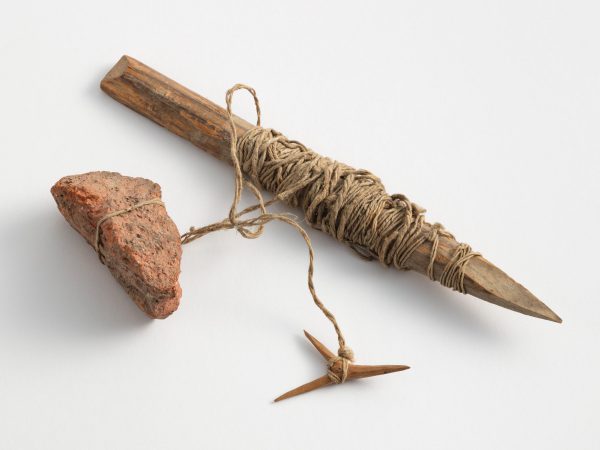 Burbot hook
Burbot hook
-
-
2023
-
2022
-
2021
-
2020
-
2019
-
2018